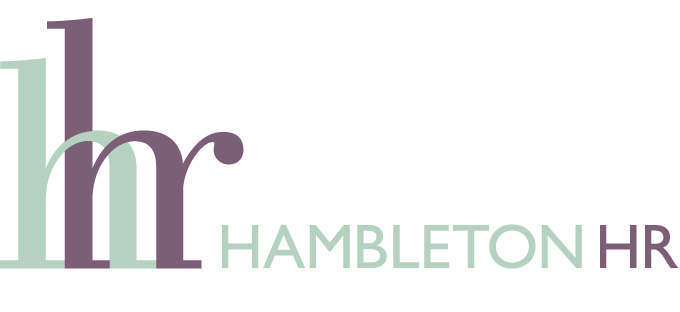Recruitment
The second instalment of Back to Basics takes us to the important challenge of finding and recruiting the best people. One of the critical components of any recruitment process is the interview. Designing and using a structured approach to interviews ensures you cover the essentials, allows you to assess candidates equally and helps to limit the effect of unconscious bias. Structuring the interview can help improve its ability to predict performance in the job.
Start by thinking about the ‘true’ essentials in terms of skills, experience and attitude. Develop a set a questions that will draw this out; where you can think about the competency/skill in its broadest terms. This will help widen the pool of available talent.
Use STARR when asking the candidate for a specific example of where they have demonstrated the skill/behaviour you’re looking for. “Can you give me an example where… Tell me about a time you…” Prompt at each stage if needed to help the candidate provide you with a full and thorough answer.
Situation – this helps provide context.
Task – what was the task the candidate had to complete.
Action – what did they do.
Result – what was the result.
Reflection – what did they learn.
Ask all the candidates the same questions and apply the same scoring methodology. If something isn’t clear or you don’t feel they have answered the question, ask follow up questions. This is better for you and the candidate; neither of you want the candidate to leave not having had the chance to give a full account of themselves.
It’s a good idea wherever possible to interview with somebody else. Having somebody to calibrate your scoring with and help to capture notes is hugely valuable when making the final decision.
If you would like further advice or support on developing an effective recruitment process in your organisation, drop me a line wendy@hambletonhr.co.uk



